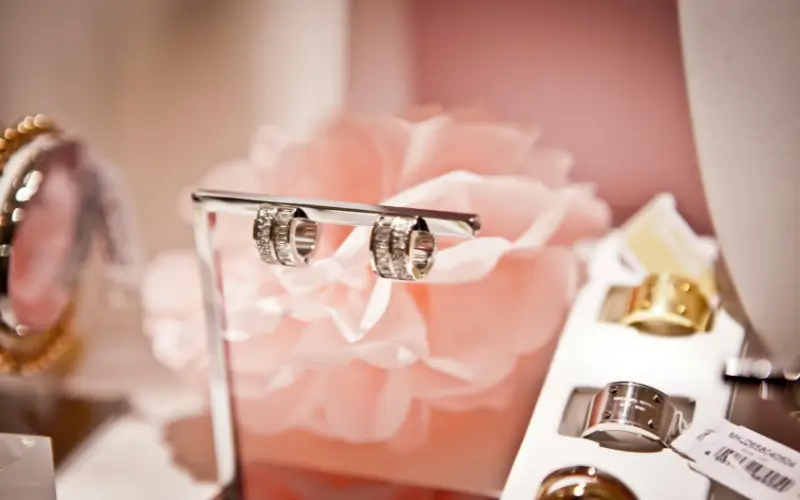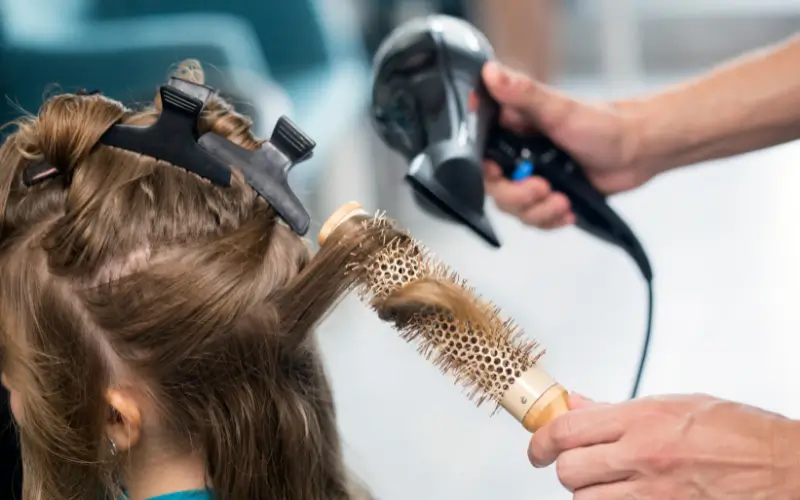Jewelry can hold a lot of value—both emotional and financial. But how can you be sure your favorite pieces are real? Some look convincing but fall short of quality. Others might surprise you with genuine worth. Knowing the signs of authenticity helps you avoid buyer’s remorse. It also brings clarity when it’s time to repair, insure, or sell a piece. With a few simple observations and tests, you can feel more confident in what you have. Here’s how to check your jewelry from multiple angles.
Look for Hallmarks and Stamps
Metal jewelry usually has small marks. They might say “925” for sterling silver or “14K” for gold. These stamps can also tell you the country of origin or maker’s brand. They’re tiny, but they matter. Use a magnifier to spot them if needed. No mark doesn’t always mean fake—but it does raise questions. If you see a hallmark, try to match it against known stamps. If it checks out, that’s a good start. It doesn’t prove purity, but it says someone took the time to label it. Many knockoffs skip this step altogether.
Test the Weight and Feel
Real precious metals feel different. Gold and silver are dense. They should feel heavier than costume jewelry. If a ring or necklace feels too light, that’s a red flag. Compare it to a similar-size piece you trust. Also, real metals don’t feel cold for long. They’re slow to change temperature. Hold it in your hand. Does it warm up or stay chilly? Lightweight and unresponsive pieces often use cheap metals or alloys. It’s a simple test, but it reveals a lot of things.
Check Color and Wear
Look for shedding layers. Gold plating often peels away with time, revealing a base metal. Real gold keeps its color—unless it’s jewelry-grade and wears down from extreme wear. Examine links and edges where friction is highest. Discoloration or odd shades could mean it’s plated or mixed. Silver darkens over time, but it doesn’t flake. These patterns help you tell a story. Genuine metals age naturally. Fakes start breaking down fast.
Use a Magnet to Check Metals
Ironically, many metals used in fake pieces are magnetic. Real gold, silver, and platinum aren’t magnetic. Bring along a simple fridge magnet. If a piece is attracted to it, skip the insurance. It’s probably not real. This test isn’t perfect—some alloys aren’t magnetic either. But if it snaps into the magnet, consider checking deeper. It’s quick and non-invasive. And it beats tossing out money on a fake find.
Get Stones Professionally Checked
Stones can be trickier than metals. A diamond or sapphire may look clear, but it could be glass or quartz. The key is testing. Jewelers use tools to check refractive index and hardness. They might also check color zoning or internal flaws. These details tell them if it’s lab-made, treated, or natural. Even a Montana sapphire earring set needs testing to confirm it’s genuine. It’s not always a luxury test; it just unpacks what’s really there. If the stone matters, a simple appraisal is worth peace of mind.
Look for Common Signs in Costume Jewelry
Fake jewelry often has obvious clues. Glue-holding stones instead of prongs. Paint-filling metal gaps to hide flaws. Stones that fall out with a tap. Or pieces that bend under slight pressure. These aren’t easy decisions—but they’re telling. Check edges and joints. Bad finishing is a hallmark of mass production. Real jewelry demands tighter work and better finishes. Even if a fake looks good up close, wear and tear will expose it—usually fast.
Know When to Call a Pro
When in doubt, call a jeweler. A certified professional can use tools you don’t have—like acid tests, laptops, or X-ray machines. They’ll weigh in on clarity, cut, and metal purity. Even if you’re not ready to sell, verification helps you know what you really need. Some charge a small fee, but it’s worth it if the piece holds value. It also gives you a clear path if you want insurance or future resale. A second opinion can save you regret.
Conclusion
Knowing whether your jewelry is real or fake is more than curiosity. It safeguards value, meaning, and future decisions. With simple checks—like hallmarks, weight, magnets, and wear—you can spot many fakes at home. Stones may need deeper review, but early signs matter, too. And when you need help, a professional can give you airtight answers. Real jewelry shares a story. Authenticity adds clarity to that story. Whether it’s a cherished gift or a recent find, these steps help make sure it holds the weight you think it does.




